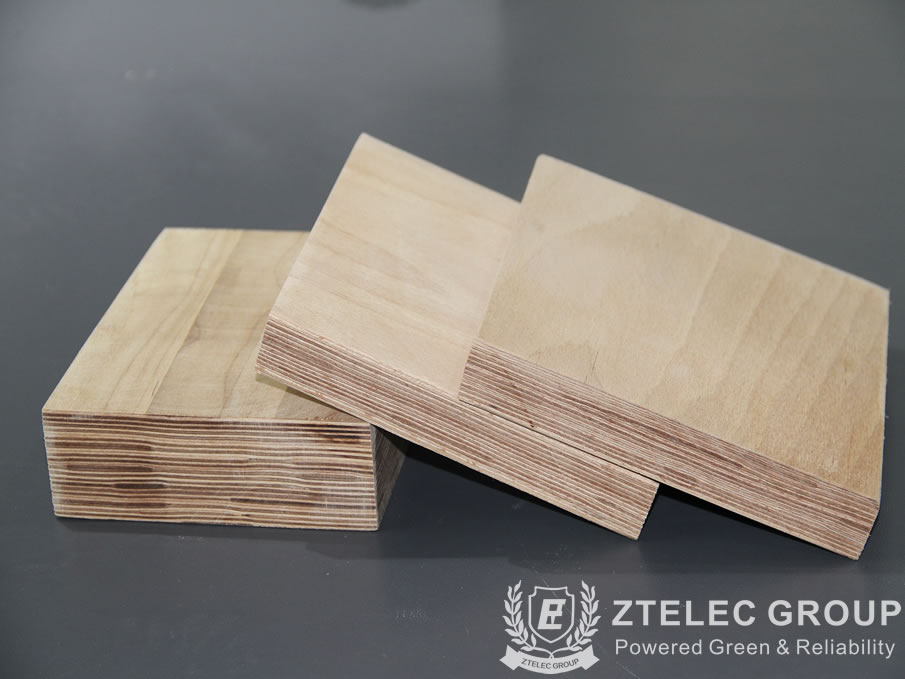There are significant differences between electrical laminated wood for transformers and ordinary wooden boards in many aspects. These differences are mainly reflected in raw materials, manufacturing processes, performance characteristics and application scenarios. Here's a detailed comparison of the two:

1. Raw materials
Electrical laminated wood: Use high-quality wood that does not pollute transformer oil, such as colored wood, birch, and ash. These woods are light, hard, not easy to twist and crack, and have less gum and resin. Long-term use in transformer oil will not affect the quality of the oil.
Ordinary wood boards: Various types of wood may be used, including wood that may contain more gums, resins or potentially contaminate transformer oil.
2. Manufacturing process
Electrical laminated wood: The wood needs to be steamed, peeled and dried, then coated with insulating glue, and then molded under high temperature and high pressure. This manufacturing process ensures that laminated wood has excellent electrical protection properties and mechanical strength.
Ordinary wooden boards: The manufacturing process is relatively simple and usually does not require complex processes such as cooking, rotary cutting, drying, and applying insulating glue.
3. Performance characteristics
Electrical laminated wood:
It has moderate specific gravity and high mechanical strength, making it easy for vacuum drying and mechanical processing.
The dielectric constant is close to that of transformer oil and can be used in transformer oil at 105°C for a long time.
It has excellent electrical protection performance and can ensure the stable operation of the transformer in harsh environments.
Ordinary wood board:
Performance characteristics vary depending on raw materials and manufacturing processes.
Usually does not have the electrical protection properties and high temperature resistance properties unique to electrical laminated wood.
4. Application scenarios
Electrical laminated wood: mainly used in transformers to make key components such as lead brackets and supporting structural parts, such as winding pressure plates, iron yoke pads, bolts, nuts, etc. These components play a vital role in transformers and need to withstand the challenges of high voltages and temperatures.
Ordinary wooden boards: are widely used in construction, furniture, packaging and other fields to make various wood products and decorations.
In summary, there are significant differences between electrical laminated wood for transformers and ordinary wood boards in terms of raw materials, manufacturing processes, performance characteristics, and application scenarios. Electrical laminated wood has become an indispensable and important material in transformer manufacturing due to its excellent electrical protection properties and high temperature resistance.